Rising Vehicle Production and Sales
The automotive adhesives-sealants market is significantly influenced by the rising production and sales of vehicles in the US. In 2025, the total vehicle production is expected to exceed 12 million units, reflecting a robust recovery in the automotive sector. This increase in production directly correlates with a heightened demand for adhesives and sealants, which are integral to various applications, including body assembly, interior components, and exterior finishes. As manufacturers seek to enhance vehicle performance and durability, the automotive adhesives-sealants market is poised for substantial growth, driven by the need for reliable bonding solutions in an expanding automotive landscape.
Expansion of Electric Vehicle Market
The automotive adhesives-sealants market is poised for growth due to the expansion of the electric vehicle (EV) market. As the US government promotes the adoption of EVs through incentives and infrastructure development, manufacturers are increasingly incorporating adhesives and sealants in the production of electric vehicles. These materials are essential for battery pack assembly, thermal management, and lightweight construction, which are critical for optimizing EV performance. In 2025, the EV market share is projected to reach 20% of total vehicle sales, indicating a substantial opportunity for adhesive manufacturers to cater to the unique requirements of electric vehicle production.
Increasing Demand for Fuel Efficiency
The automotive adhesives-sealants market experiences a notable surge in demand driven by the automotive industry's focus on enhancing fuel efficiency. As manufacturers strive to meet stringent fuel economy standards, the integration of lightweight materials becomes essential. Adhesives and sealants play a critical role in bonding these materials, thereby reducing vehicle weight and improving overall efficiency. In 2025, the average fuel economy of new light-duty vehicles in the US is projected to reach approximately 25 mpg, necessitating advanced adhesive solutions. This trend indicates a growing reliance on innovative bonding technologies, which are pivotal in achieving the desired weight reductions and fuel efficiency targets.
Growing Focus on Vehicle Safety Standards
Growing emphasis on vehicle safety standards is driving the automotive adhesives-sealants market. Regulatory bodies in the US are implementing stringent safety regulations that necessitate the use of high-quality adhesives and sealants in vehicle manufacturing. These materials are crucial for ensuring structural integrity and crashworthiness, thereby enhancing passenger safety. In 2025, it is expected that the market for safety-compliant adhesives will expand significantly, as manufacturers prioritize the integration of advanced bonding solutions to meet evolving safety requirements. This trend underscores the importance of reliable adhesive technologies in the automotive sector.
Technological Innovations in Adhesive Formulations
Technological advancements in adhesive formulations are reshaping the automotive adhesives-sealants market. Innovations such as the development of high-performance adhesives that offer superior bonding strength and resistance to environmental factors are gaining traction. For instance, the introduction of solvent-free and low-VOC adhesives aligns with regulatory requirements and consumer preferences for safer products. In 2025, it is anticipated that the market for advanced adhesive technologies will grow by approximately 15%, reflecting the industry's commitment to enhancing product performance. These innovations not only improve the efficiency of manufacturing processes but also contribute to the longevity and reliability of automotive components.


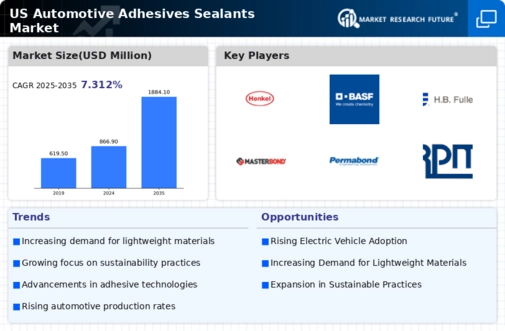
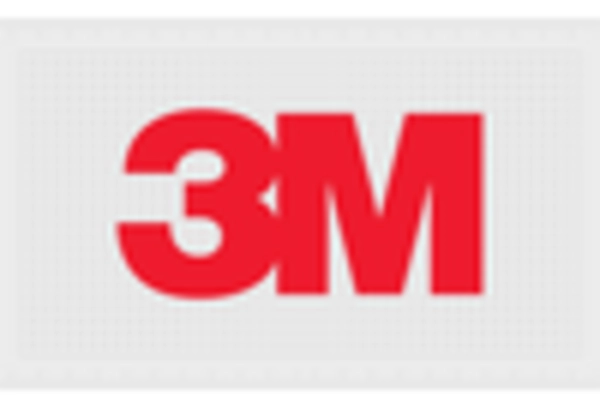

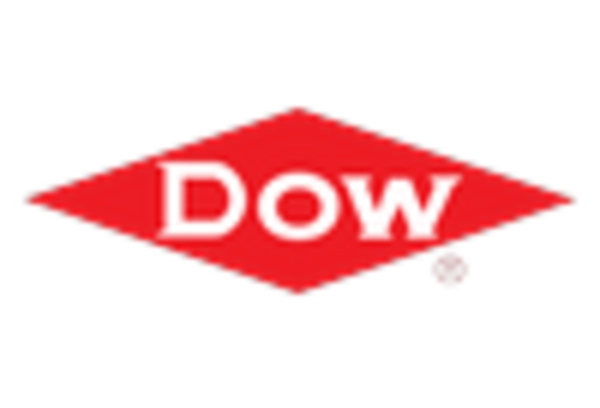
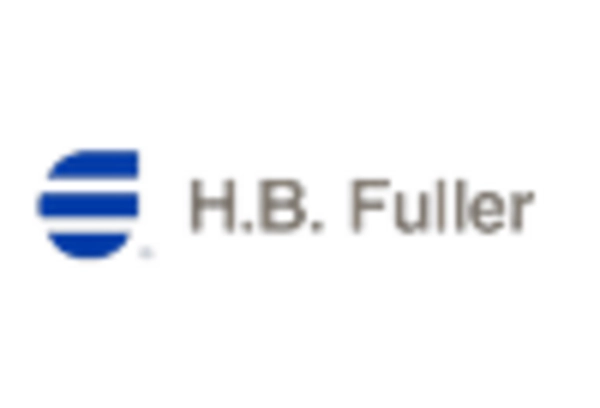
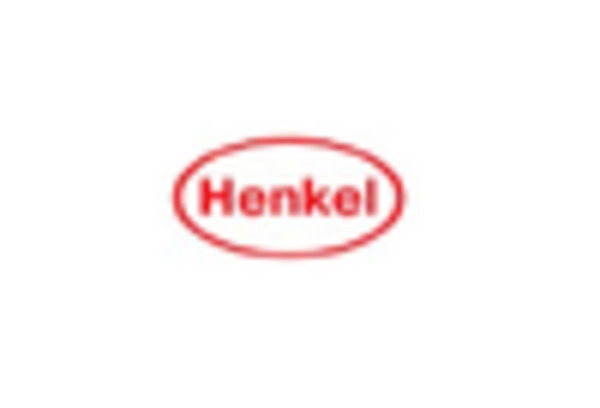









Leave a Comment